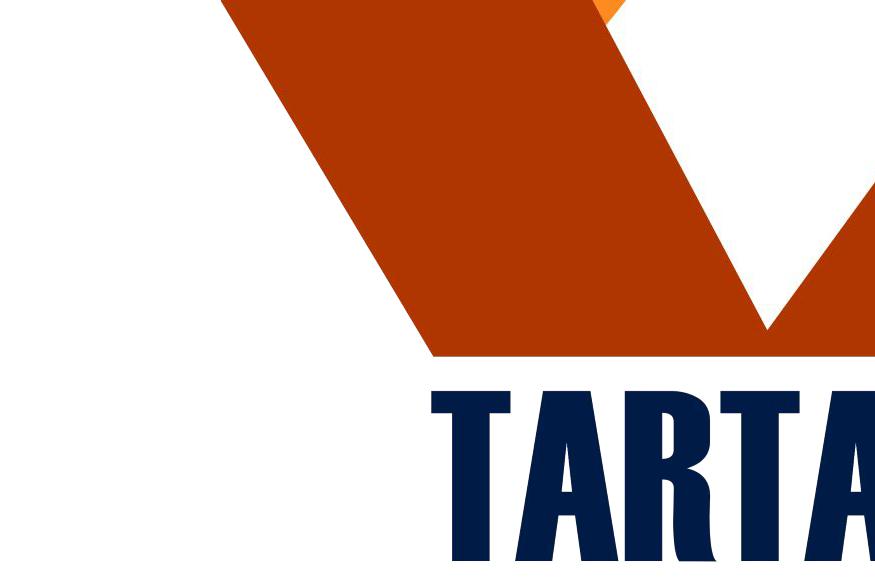
4 minute read
TARTARUS
Space Hardware Club team members with parts of the Tartarus rocket in the UAH Engineering Design and Prototyping Facility.
TARTARUS AMBITIOUS LIQUID FUEL ROCKET READIES FOR NEW TESTS
Advertisement
The new year brings new tests for an ambitious liquid propellant rocket being engineered by
UAH’s Space Hardware Club (SHC).
“Our ultimate goal is to carry a ninepound payload to 30,000 feet using a student researched and developed liquid propulsion system,” says McKynzie Perry, the project’s manager. The SHC hopes its vehicle will be ready to launch at the 2021 Spaceport America Cup competition for student rocketry teams in southern New Mexico.
The Tartarus project began in 2017. The rocket is fueled by nitrous oxide and ethane, which are propellants with high vapor pressure and similar pressure-temperature curves. That significantly lowers complexity by allowing the team to use a blowdown engine cycle and store both propellants at the same temperature, according to Perry.
“It’s one of the largest projects physically that SHC has produced, and I think it has one of the longest parts lists in recent memory,” she says.
“As of our most recent simulations, the rocket will stand 15 feet tall and 6 inches in diameter,” Perry says. The launch rail will be 30 feet tall and the ground system footprint is a 30-foot equilateral triangle. For the first engine firing, the team will station itself 500 feet away behind blast shields.
The team is currently focusing on a short duration inaugural test of the engine.
“This past semester has been focused on tying up all the loose ends required for us to static fire, such as proof pressure testing, system integration testing, and final critical design review of the static fire test stand,” Perry says.
The coming test will assess the functionality of the ground system, the viability of SHC’s injector design and the team’s capability to safely perform hazardous operations.
“We are on track to perform this test this semester but have contingencies set into next semester,” Perry says. “By the end of the year we would like to perform a full duration firing of the system. Once the propulsion system is better characterized, we can begin the process of integrating with our vehicle design for the competition.”
The significant safety concerns accompanying static fire tests are new to the SHC and have improved the organization’s safety practices.
As SHC’s first liquid propulsion project the engineering challenges in Tartarus are immense, Perry says.
“We entered this academic year with a complete injector cold flow, heat-treated propellant tanks and most of our manufacturing complete,” she says.
The challenges of liquid propulsion for the SHC team are matched by the challenges of developing its own test stand and ground system in addition to the final vehicle. The payload mission is still undetermined.
“The rocket propulsion system and ground system have plenty of instrumentation onboard to measure the conditions of the propellant and flight properties as the vehicle flies,” Perry says. “Currently for the static fire configuration, we have 22 instruments on the system.”
NOE-1W, the inaugural test campaign, will be conducted off campus to ensure the required safety radius.
“Our goals for the test are to deliver propellant from the ground system to the vehicle to the engine, ignite the engine, and shut down the engine,” Perry says. “While we will gather some preliminary performance data on the engine, this test is mainly a chance for the team to walk before we start running in a full duration test of approximately 20 seconds.”
SHC is advised by Department of Mechanical and Aerospace Engineering associate professor Dr. Gang Wang and lecturer Dr. Richard Tantaris. The club is sponsored by UAH, the Alabama Space Grant Consortium and individual donors.
The team has benefited from the expertise at UAH’s Propulsion Research Center (PRC) in developing various aspects of the system, especially safety.
“They have been very kind in donating their advice and time to help the team,” Perry says. “Recently, they allowed us use of their spray facility to perform hydrostatic proof pressure testing of our pressure vessel. The future for the team is much brighter with their technical support and we are incredibly thankful for the relationship we’ve been able to build with them.”
Additionally, the team relies on many technical mentors from the aerospace industry who have been vital to progression towards static fire. The five-year challenge has paid numerous dividends, Perry says. Team members are: • McKynzie Perry, project manager; senior; Murfreesboro, Tenn. • Erik Korzon, ground support equipment lead; graduate student;
Anchorage, Alaska • Mike Zaluki, ground support equipment; senior; Marlborough,
N.H. • Michael Angeles, ground support equipment; senior; Rockford,
Ill. • Rodney Luke, vehicle propulsion, ground support equipment; senior; Pleasant Grove, Ala. • Mio Toida, vehicle propulsion; sophomore • Aaron Hunt, vehicle propulsion; senior; Terrysville, Conn. • Ben Shashikanth, controls; junior; Rapid City, S.D. • Elizabeth Dorsett; controls; junior; Huntsville, Ala. • Lina Parker, controls; sophomore; Covington, Ga. • Cameron Adams, controls; sophomore; Waynesville, Ohio • Sawyer Bryson, vehicle propulsion; sophomore;
Gadsden, Ala. • Thomas Bennett, flight avionics; senior; Charleston, S.C. • Shelby Tull, outreach coordinator; sophomore;
Nashville, Tenn. • Spencer Christian, ground support equipment; freshman; Nixa,
Mo. • Noah Adams, vehicle propulsion; freshman;
Vestavia Hills, Ala. • Alex Mohs, ground support equipment; freshman; Saugatuck,
Mich. • Garett Ellis, vehicle propulsion; freshman; Bakersville, Calif. • Jack Slayden, vehicle propulsion; freshman; Lewisville, Texas • Jackson Miles, ground support equipment; freshman; Wausau,
Wis. • Sean Rabbitte, ground support equipment; freshman; Evergreen
Park, Ill. • Michelle Kuns, vehicle propulsion; sophomore; Goshen, N.Y. • Kenton Suplee, ground support equipment/controls; freshman;
Sevierville, Tenn. • Hughston Turner, vehicle propulsion; freshman; Ellaville, Ga. • Manav Dave, ground support equipment; freshman;
Herrin, Ill.














